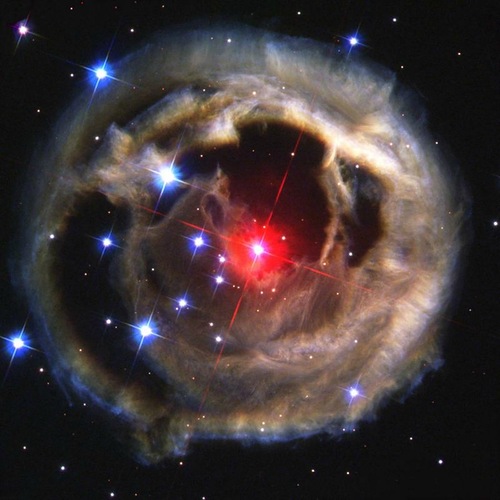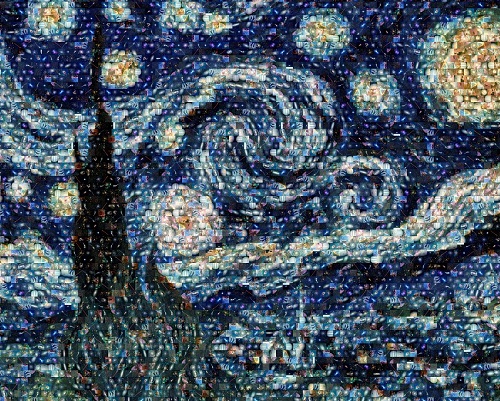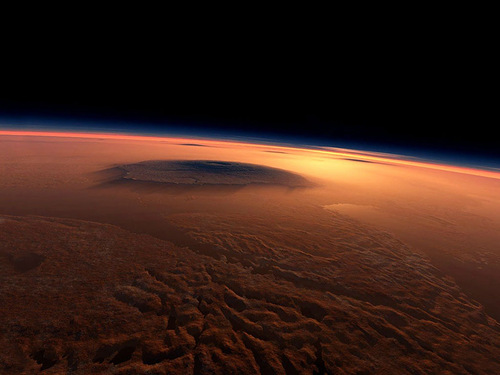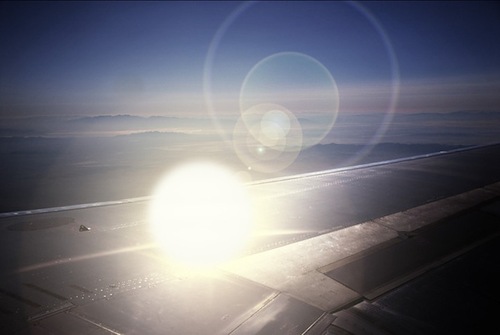Space Telescopes Hunting for Galaxies
Space Telescopes Hunting for Galaxies
In fact, telescopes on the ground and in space have uncovered hundreds of planets beyond our solar system. The Hubble Space Telescope sharp vision has detected the farthest planets found so far. It captured the first visible-light image of a planet around another star. It has proven that some mysterious objects are planets. And it has answered questions about planets that no other telescope currently can.
As astronomers advance their techniques to seek out new planets and new information about these planets, Hubble will continue to work alongside other telescopes to satisfy our curiosity about worlds beyond our solar system.
Hunting for Galaxies astronomers advance their techniques to seek out new planets, and new information about these planets, Hubble will continue to work alongside other telescopes to satisfy our curiosity about worlds beyond our solar system.

At present there are about 2000 known neutron stars in the Milky Way and the Magellanic Clouds. And the majority of them – detected as radio pulsars. The population of neutron stars is along the disk of the Milky Way. Hunting for Galaxies
Meanwhile, the earliest recorded supernova, SN 185, was viewed by Chinese astronomers in 185 AD. The brightest recorded supernova was the SN 1006, which was described in detail by Chinese and Islamic astronomers.
John Herschel observed Perfect storm of turbulent gases on the 14th of March 1834 during his visit to South Africa. According to him, it was “a very remarkable object…perhaps a globular cluster”. Herschel catalogued it as nebula 3334.
Some 50 million light-years distant, spiral galaxy NGC 2841 are in the northern constellation of Ursa Major. This sharp view of the gorgeous island universe shows off a striking yellow nucleus and galactic disk with tightly wound spiral arms. NGC 2841 has a diameter of over 150,000 light-years, even larger than our own Milky Way Galaxy.
In fact, SN 1987A in the Large Magellanic Cloud. Supernova 1987A exploded on 1987 February 23, in the Large Magellanic Cloud. Because of its relative proximity to us (a mere 168,000 light years) SN 1987A is by far the best-studied supernova of all time. Immediately after the discovery, literally every telescope in the southern hemisphere started observing this exciting new object.

The brilliant galaxy, named the Sombrero because of its resemblance to the broad rim and high-topped Mexican hat
Two billion light-years away, galaxy cluster Abell 1689 is one of the most massive objects in the Universe. In this view from the Hubble Space Telescope’s Advanced Camera for Surveys, Abell 1689 is seen to warp space as predicted by Einstein’s theory of gravity – bending light from individual galaxies which lie behind the cluster to produce multiple, curved images.
Hunting for Galaxies
NGC 3982, also known as UGC 6918, discovered by William Herschel on April 14, 1789 and misclassified as planetary nebula. It is a part of the M109 Group. At an apparent magnitude of 12.0, NGC 3982 needs a telescope to be viewed.
Noteworthy, The Hubble Telescope celebrated its 20th birthday on April 22, 2010. To commemorate the occasion, NASA, ESA, and Space Telescope Institute (STScI) released an image on website.

NGC 3982, an intermediate spiral galaxy approximately 68 million light-years away in the constellation Ursa Major
apod.nasa.gov/apod
website














